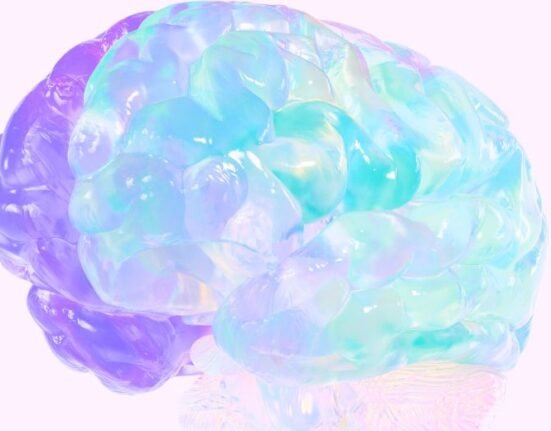Researchers say that certain anti-depressants can rewire our brains.
Massive depressive disorder or MDD, is characterized by persistent dark thoughts and a general loss of interest in any activities. According to a new study researchers presented at the 35th Annual European College of Neuropsychopharmacology in Vienna, certain anti-depressants can treat depression by changing the brain structure itself.
However, they aren’t sure how long those changes will remain.
Past studies have found that depression is often associated with a change in the volume of gray matter and white matter found within the brain. As we know, these brain matters control different functions of the body, and any changes in them can drastically change how our brains react. The researchers from Germany believe that there is a strong link between the structure of the human brain and how depressive thoughts function, and it could help improve how we diagnose and treat things like MDD.
The researchers studied 109 patients with MDD, and found that the greatest changes in their symptoms came based on how much the anti-depressants and other treatment options changed their brain structures. They also compared the brains of the patients with MDD to those of “healthy” individuals without the disorder.
“We were surprised at the speed of the response,” psychiatrist Jonathan Repple said in a statement. Repple emphasised that they were still not clear on how or why these changes in the brain took place or even how anti-depressants and other treatments make those changes.
A lot of factors are at play in depression. The amount of sunlight, can change moods. Left-handed people are more inclined to suffer from mood swings. Additionally, some anti-depressants, like a special nose spray, can work faster at causing those changes in the brain.
Dr Eric Ruhe, Rabdoud University Medical Center, Nijmegen, not a part of the study, said: “This means that the brain structure of patients with serious clinical depression is not as fixed as we thought, and we can improve brain structure within a short time frame, around 6 weeks. We found that if this treatment leads to an increase in brain connectivity, it is also effective in tackling depression symptoms. This gives hope to patients who believe nothing can change and they have to live with a disease forever, because it is “set in stone” in their brain”.



